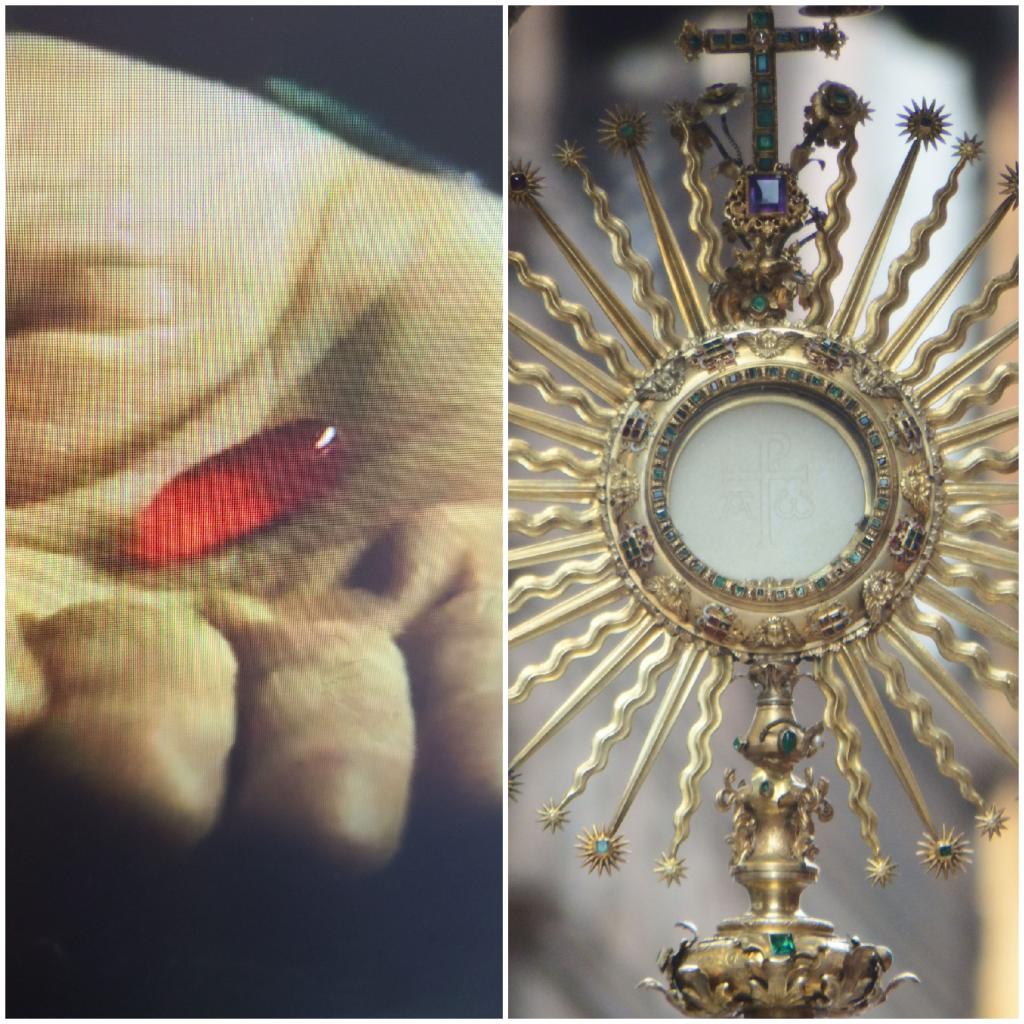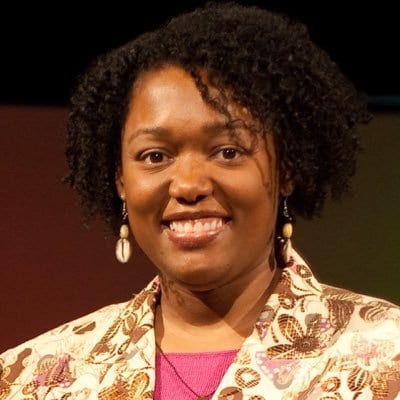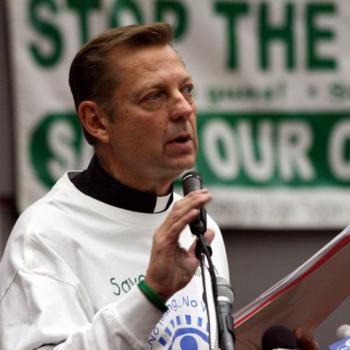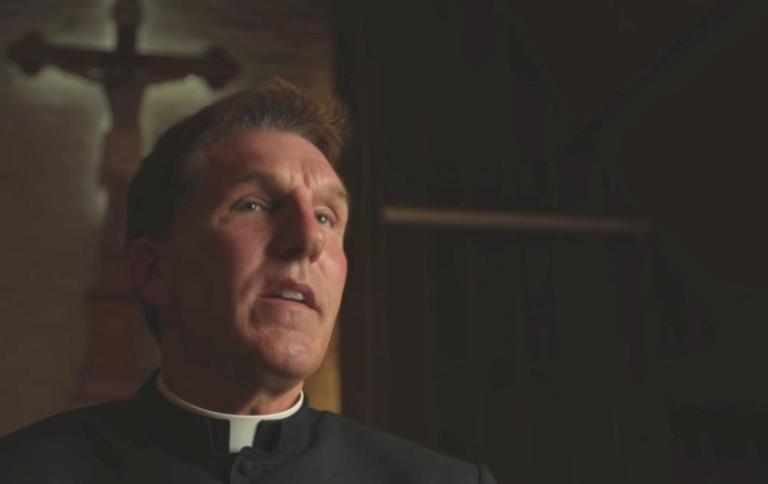
The Sept. 11, 2001 terrorist attacks happened in my second-to-last semester at Hunter College, which is in New York City. Needing some classes to finish my political science minor, I enrolled in a couple of courses on international relations that had a heavy focus on Islamic radicalization and terrorism.
The general consensus I remember from those classes was that religious fundamentalism and political radicalization were the natural byproducts of corrupt totalitarian regimes in the Muslim world. The thinking was that if those regimes could be reformed – or changed – people’s lives in the Middle East would improve as foreign investment and economic development took hold.
Under this theory, a terrorist organization like Al Qaeda would have difficulty recruiting disaffected young Muslim men to wage jihad against the West because those would-be recruits would have something better to live for, namely a life of dignity. Many of those who supported the 2003 invasion of Iraq believed that toppling Saddam Hussein would lead to a democratic, prosperous Iraq that would in turn spur a wave of democracy, freedom, peace and prosperity throughout the Middle East.
Well, we know how that turned out.
Catholic Extremism
That theory does have a kernel of truth, though, in that poverty, government corruption and general hopelessness drive up violent crime and political instability. But almost 20 years since those undergraduate days, I’ve come to learn that there is also a significant spiritual component that drives radicalization.
As most Al Qaeda and Taliban fighters would have probably told us in 2001, Islamic radicals don’t take up arms just because they can’t afford to live in a cul-de-sac. Sure, they have some grievances related to economic injustices, but they’re really fighting a world order they’ve been conditioned to believe is morally depraved, devoid of truth and lacking due respect for God’s laws.
A few years ago, the Catholic journalist John Allen referred to hardline Catholic traditionalists as “Taliban Catholics,” which, as you can imagine, didn’t go over too well with some people. There’s a valid reason to get angry at the comparison. After all, people who attend the Latin Mass are not organizing into terrorist sleeper cells and launching suicide bombing missions in the subways. There’s no trad equivalent of Al Qaeda or Osama bin Laden.
But like their Islamic counterparts, some radicalized Catholics are at war with modernity. They are increasingly rejecting the post-conciliar Church of the Second Vatican Council and liberal democracy of the West, and embracing odd conspiracy theories. Some will call anyone “a modernist” who disagrees with their ecclesiology and political views.
Perusing their social media activity, it’s evident that the small but noisy trad corner of the Catholic Church in the United States is embracing radical political and religious positions that would have been unthinkable just a few years ago to see espoused so openly on Twitter or Facebook.
I’m surprised by this outcome. When I came out in favor of breaking up the United States four years ago, I was mostly slammed for it. Now almost 50% in this poll think it’s a good idea.
I guess people are realizing the U.S. has become too big to succeed.https://t.co/6sqRuQ0uga https://t.co/YkcWhdsaUY
— Eric Sammons (@EricRSammons) April 29, 2020
Some muse about breaking up the United States of America, outrageously suggesting that there are worse things than a civil war. Others suggest they can ignore U.S. Supreme Court rulings they don’t like. Some of these Catholics are championing integralism, a political philosophy that believes that there should be an integration, a fusion, of Church and State. It’s a worldview that rejects pluralism and the religiously-neutral, secular republic that the United States Constitution created.
In Catholic matters, the same cohort often flirts with sedevacantism, sometimes linking to blogs that raise questions as to whether Pope Francis was validly-elected in 2013. Many of them have nothing good to say about Vatican II, attacking not only liturgical reforms they believe are less reverent than the Latin Mass but also principles the Council Fathers articulated in their interventions and in the Council documents. We’re talking about principles such as religious freedom, the preeminence of one’s conscience, and the respect owed to human beings who follow other religions, including Islam and Judaism.
Where the Council Fathers consciously sought to repudiate the anti-semitism that was an undeniable feature of centuries worth of Catholic life, some of the more radicalized trads reject that overture of good will to the Jewish people and often post vile anti-semitic memes and tropes such as the blood libel and the shadowy cabal of “globalists” who control the money supply and pull the strings.
Catholic Demagoguery
That last trope was a central feature of a conspiratorial manifesto that Archbishop Carlo Maria Vigano, the former papal nuncio to the United States, circulated this past spring that suggested the novel coronavirus pandemic was an over-hyped “pretext” to deprive the faithful of Mass and impose a new world order ruled by a “world government beyond all control.”
The manifesto – or “appeal” as its signatories call it – refers to “shadowy business interests” and “those in the media.” If those anti-semitic dog whistles were any less subtle, the appeal would come with an appendix of those old bigoted caricatures of Jewish people with certain exaggerated physical features.
It’s one thing when this kind of manifesto is shared on Facebook by your paranoid neighbor who wears tinfoil to shield his brain from mind-control devices. It’s another matter when it’s championed by a former high-ranking Vatican diplomat who had an important role in selecting bishops throughout the United States.
And it’s not just our radicalized former nuncio, who made a huge splash in 2018 with his demand that Pope Francis resign over the McCarrick affair and has since gone on to champion conspiracies about the “suppressed” Third Secret of Fatima. I know educated Catholics, some who attended Ivy League colleges, who believe this stuff. They really think the former nuncio is trying to warn us about a malevolent global conspiracy to abolish true religion.
Cardinal Raymond Burke, a brilliant American canon lawyer with well-documented traditionalist views, apparently thinks there is a global movement, operating under the guise of pushing a vaccine to ward off the coronavirus, that believes “a kind of microchip needs to be placed under the skin of every person, so that at any moment he or she can be controlled by the State regarding health and about other matters which we can only imagine.”
The cardinal made that claim in a speech last May reported by the far-right portal Lifesite, which has published several of Vigano’s missives and interviews with Burke. It’s easy for critics to dismiss Lifesite as a “fringe” outlet, but it carries enough influence and wields enough of an impact in the English-language Catholic media universe that it has to be contended with.
Far-right outlets like Lifesite and Church Militant, and certain hardline traditionalist personalities with large social media followings like Taylor Marshall, have developed loyal audiences of disillusioned Catholics who are distrustful of all Church and civil authorities that in their mind perpetuate the modern world’s unjust liberal order, by which I mean secular democratic governance, an interconnected global economy, free movement of peoples across borders, liberalizing sexual mores and empty churches.
Those outlets and personalities tap into resentments against the global elite, loose public morals and a rapidly-changing world. Like the classic demagogue Willie Stark in Robert Penn Warren’s “All the King’s Men,” those outlets know what feeds into their audiences’ fears and prejudices. In turn, that creates a loyal readership that translates into clicks, page views and advertising revenue.
“For the love of money is the root of all evils, and some people in their desire for it have strayed from the faith and have pierced themselves with many pains.” – 1 Timothy 6:10
The Eucharist or the Red Pill?
Demagoguery is a timeless problem in democratic political theory, but that old threat to truth and public order today is amplified by the Internet, social media in particular, which has enabled unbalanced people with extremist views and conspiratorial thinking to connect with one another and amplify their voices. Those dysfunctional social networks become perfect conduits for misinformation to spread like a virus.
The problem in the 21st century is that we have not yet found a vaccine that can inoculate people with Internet access. The First Amendment’s guarantee of free speech, a free press, combined with the unregulated terrain of cyberspace, makes it next to impossible to prevent conspiracy theories from taking root and growing the poisonous branches like QAnon and InfoWars.
Those conspiracy theories are like pathogens that infect one’s ability to think critically and see reality. They kill the life of the mind. The diseased, or radicalized, person is so compromised that they in effect suffer hallucinations where they connect non-existent dots to outline a malevolent global network that controls people’s thinking and behavior.
These figurative viruses do such an effective job of rotting the brain’s perception of reality that people begin to believe in outlandish plots like Hillary Clinton running a child trafficking operation out of a pizza shop basement, a global scheme to use the coronavirus to outlaw Holy Mass, or the QAnon belief that President Donald Trump is holding back “a worldwide cabal of Satan-worshiping pedophiles who rule the world” and control everything.
[And of course, Trump, who is all too happy to exploit whatever will help him get elected, has fed into those conspiracy theories with his talk of a “Deep State,” rigged elections and his critics in the media killing people.]These conspiracy theories, and those who champion them, draw from two ancient heresies; Gnosticism, which holds that a privileged elite can gain access to esoteric knowledge outside the grasp of most people, and Manichaeism, which teaches an elaborate dualistic cosmology where the spiritual forces of good and light battle the material forces of evil and darkness. Vigano literally used that imagery of light and darkness in a fawning letter he wrote to Trump earlier this summer.
People who embrace these recycled heresies – Catholics included – often refer to themselves as “red-pilled,” a reference to the Matrix movies where the character Neo is given the choice of taking a blue pill to return to his normal life, or the red pill that enables him to see the Matrix, the painful reality that holds him and the rest of humanity hostage.
In some ways, I see the red pill as a perversion of the Eucharist, which is the true source and summit of the Christian Life. The Eucharist is where you find transcendent truth and reality, not some elaborate global conspiracy that you can only see if you swallow a pill or buy into a certain ideology.
The Eucharistic host we consume at Mass contains actual grace, beauty, love and truth. The Eucharist is He who is the Truth and the Life by which no man or woman comes unto the Father. And the Eucharistic Lord is available to any humble man or woman, regardless of their race, background, gender, education, liturgical preference or opinion on political matters that good people can disagree on in good faith.
In the red pill scene, Neo – played by Keanu Reeves, is told he can’t have it both ways. He either has to choose the red pill or the blue pill. The same principle applies when we’re talking about the Eucharist or the poisonous red pill, which is nothing more than a mirage offered by the Prince of this World.
You can’t have both. It’s one or the other. The Eucharist or the Red Pill. Which one do you choose?
– 30 –












